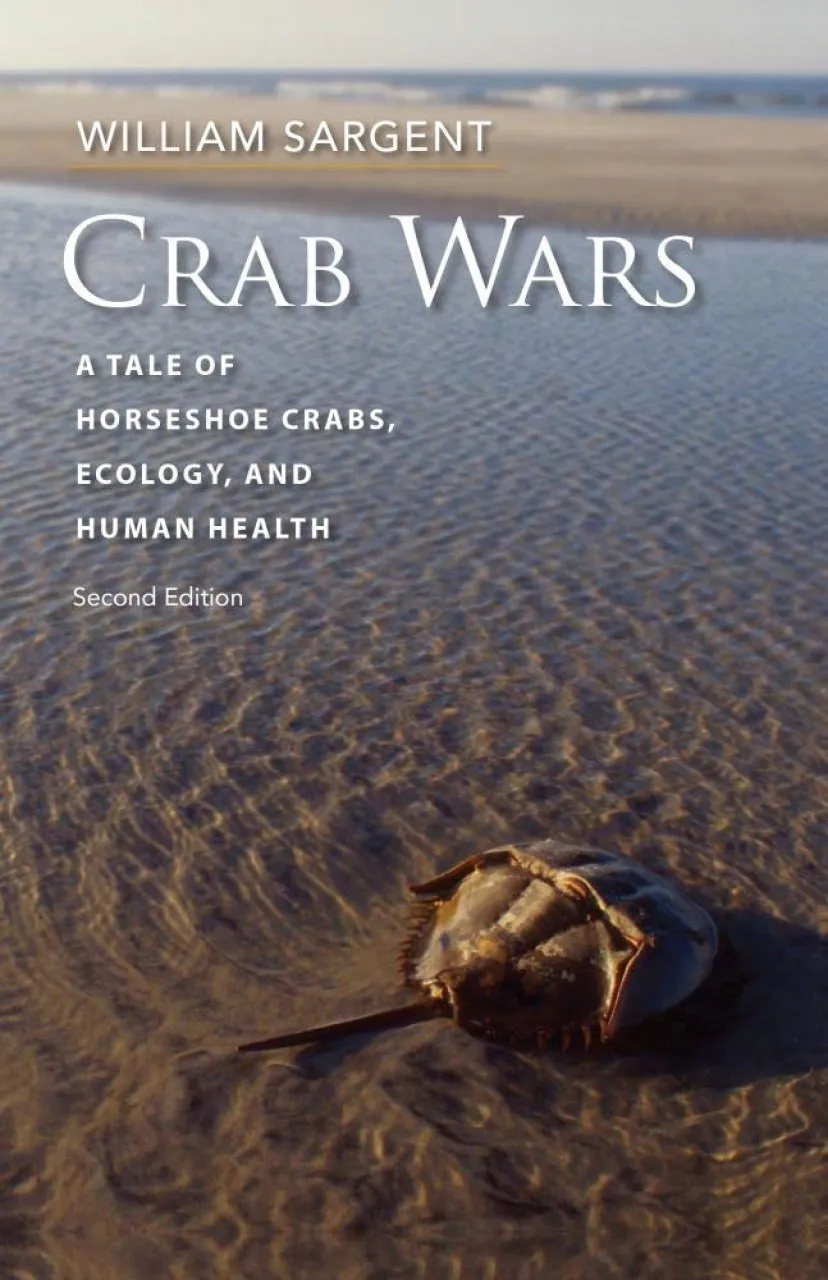Because every drug certified by the FDA must be tested using the horseshoe crab derivative known as Limulus lysate, a multimillion-dollar industry has emerged involving the license to bleed horseshoe crabs and the rights to their breeding grounds.
This edition of Crab Wars brings the story up to date as companies race to manufacture alternatives to the horseshoe crab blood, which is now essential for testing vaccines such as those developed to counter COVID-19. However, horseshoe crab populations are still dwindling, with profound implications not only for the future of the crabs themselves but also for the ecosystems that depend on them.
Contents
Preface
Acknowledgments
Part I: Early Lessons
Introduction
Chapter 1: A Day in the Life of a Hunter-Gatherer
Chapter 2: Carl Shuster
Chapter 3: First Lessons
Chapter 4: At an Ancient Orgy
Part II: Commercialization
Chapter 5: The Conversation
Chapter 6: Bleeding the Crab
Chapter 7: Crabs and Ponies
Chapter 8: "Flugate"
Chapter 9: Confessions of a Horseshoe Crab Farmer
Chapter 10: A Garden
Part III: Environmental Conflicts
Chapter 11: Fishing for Bait: The Conch and Eel Fisheries
Chapter 12: A Day at the Beach: Red Knots and Horseshoe Crabs
Chapter 13: The Atlantic States Marine Fisheries Commission
Chapter 14: Jay Harrington vs. Bruce Babbitt
Chapter 15: A Bizarre Incident
Chapter 16: The Decision
Chapter 17: The Loophole
Chapter 18: Raw Lysate: A New Industry
Chapter 19: Numbers, Numbers, Numbers
Chapter 20: Dr. Ling Jaek Ding
Chapter 21: Three Surprises
Chapter 22: The New Kid on the Block: Pease Industrial Park Portsmouth, New Hampshire
Chapter 23: On Pins and Needles: Operation Warp Speed
Chapter 24: Three Asian Crabs
Chapter 25: Afterthoughts
Index
William Sargent is a consultant for the NOVA Science Series and is the author of numerous books about science and the environment, including A Year in the Notch: Exploring the Natural History of the White Mountains and Storm Surge: A Coastal Village Battles the Rising Atlantic. Formerly director of the Baltimore Aquarium and a research assistant at the Woods Hole Oceanographic Institution, he has taught at the Briarwood Center for Marine Biology and at Harvard University.














